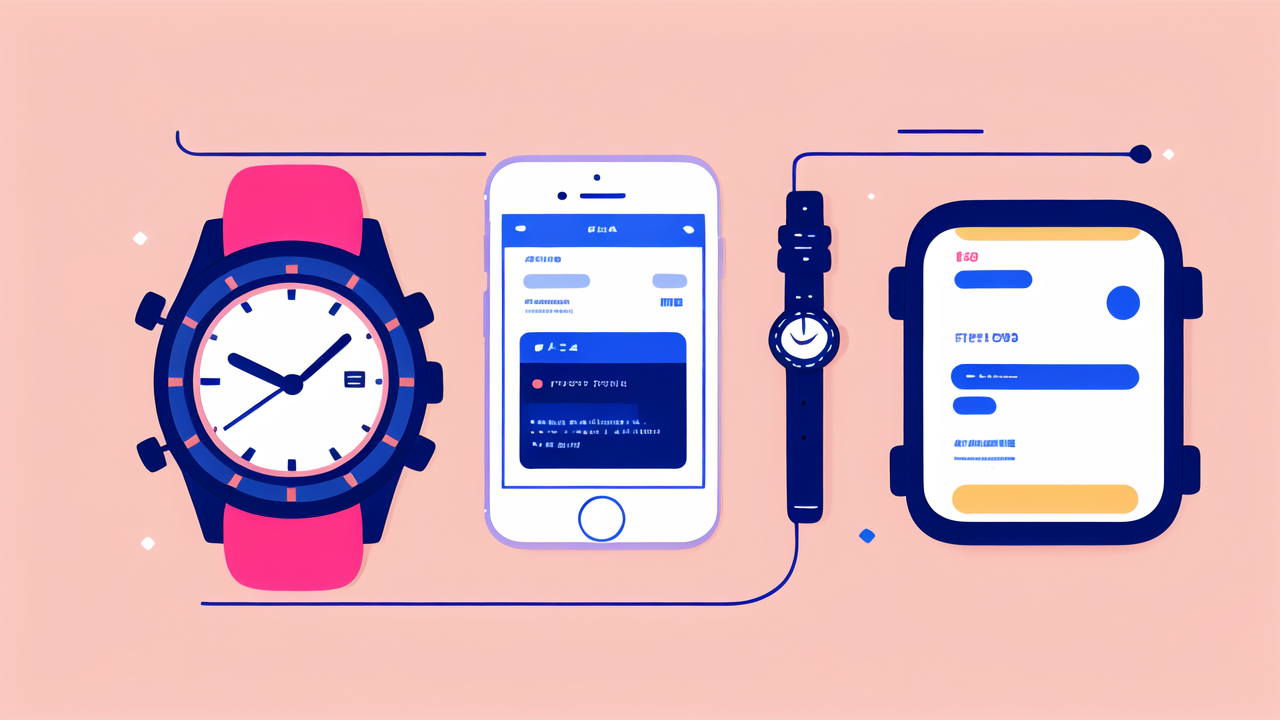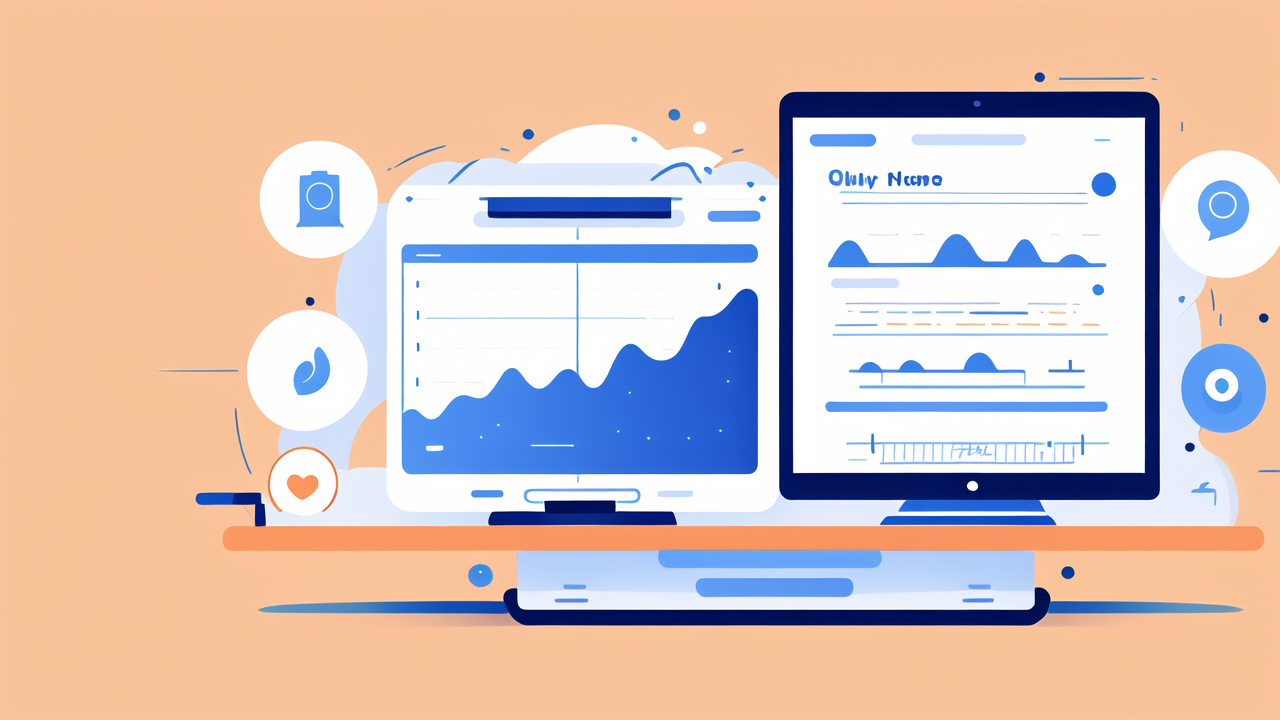The Rise of Health Monitoring Devices: Market Growth and Consumer Trends
Understanding the US Health Wearable Market Dynamics
The US health wearable market has seen remarkable growth in recent years. This surge is driven by

increasing health awareness and technological advancements. Fitness bands were the initial
catalysts, offering basic step counting and heart rate monitoring. Now, the market has expanded to
include smartwatches, smart rings, and even smart clothing. These devices offer more sophisticated
health tracking features. They can monitor sleep patterns, stress levels, and even detect early
signs of certain medical conditions. The market is highly competitive, with major tech giants and
startups vying for market share. This competition has led to rapid innovation and improved product
offerings.
Key Drivers of Consumer Adoption in Health-Focused Wearables
Several factors are driving consumer adoption of health-focused wearables in the US market:
- Health consciousness: Americans are becoming more health-aware, seeking ways to monitor and
improve their well-being.
- Aging population: Older adults are embracing wearables for managing chronic conditions and
maintaining independence.
- Insurance incentives: Some health insurance providers offer discounts for using wearables,
encouraging adoption.
- User-friendly designs: Improved interfaces and seamless integration with smartphones make
wearables more accessible.
- Accuracy improvements: Enhanced sensors and algorithms have increased the reliability of health
data collected.
- Personalized insights: AI-powered analytics provide actionable health recommendations based on
individual data.
These drivers have contributed to the widespread acceptance of health wearables across all age
groups in the US.
Technological Advancements in Health Monitoring Wearables
Innovations in Wearable Technology for Health
The field of health monitoring wearables has seen significant technological advancements:

- Continuous glucose monitoring: Devices that track blood sugar levels without finger pricks.
- ECG sensors: Smartwatches that can detect irregular heart rhythms and potential cardiac issues.
- Blood oxygen monitoring: Wearables that measure oxygen saturation levels in the blood.
- Stress tracking: Devices that analyze heart rate variability to gauge stress levels.
- Sleep analysis: Advanced sleep tracking with detailed insights on sleep stages and quality.
- Hydration sensors: Wearables that monitor fluid levels and remind users to stay hydrated.
- Body temperature tracking: Continuous temperature monitoring for early illness detection.
These innovations have transformed wearables from simple fitness trackers to comprehensive health
monitoring tools. They provide users with a holistic view of their health and well-being.
How AI and Machine Learning are Shaping Health Monitoring Devices
AI and machine learning are revolutionizing health monitoring wearables:
- Predictive analytics: AI algorithms can forecast potential health issues based on user data.
- Personalized recommendations: Machine learning tailors health advice to individual users.
- Anomaly detection: AI can identify unusual patterns in health data, alerting users to potential
concerns.
- Natural language processing: Voice-enabled wearables can understand and respond to health-related
queries.
- Data interpretation: AI helps make sense of complex health data, presenting it in user-friendly
formats.
- Continuous learning: Devices improve accuracy over time by learning from user feedback and data.
- Integration with medical records: AI facilitates secure sharing of wearable data with healthcare
providers.
These AI-powered features enhance the value of health wearables, making them indispensable tools for
proactive health management.
Future Prospects: What's Next for the Health Monitoring Wearable Industry?
The Integration of AR/VR in Health Monitoring Wearables
The future of health monitoring wearables may include augmented reality (AR) and virtual reality

(VR) technologies:
- Virtual health coaches: AR could project personalized fitness instructors for at-home workouts.
- Immersive health education: VR experiences could teach users about their bodies and health
conditions.
- Visualized health data: AR could overlay real-time health metrics in a user's field of vision.
- Virtual doctor visits: VR could enable more engaging telehealth consultations with health data
integration.
- Cognitive health games: AR/VR games could assess and improve cognitive function.
- Stress reduction environments: VR could transport users to calming settings for stress management.
- Physical therapy assistance: AR could guide users through rehabilitation exercises at home.
These AR/VR integrations could make health monitoring more interactive and engaging for users.
Predicting the Next Big Trends in Wearable Health Tech
Several trends are likely to shape the future of wearable health tech:
- Smart clothing: Garments with embedded sensors for comprehensive health monitoring.
- Ingestible sensors: Tiny devices that can be swallowed to monitor internal health metrics.
- Emotion recognition: Wearables that can detect and respond to users' emotional states.
- Customizable form factors: 3D-printed wearables tailored to individual body shapes.
- Biodegradable devices: Eco-friendly wearables that reduce electronic waste.
- Brain-computer interfaces: Devices that can interpret and respond to brain signals.
- Nano-wearables: Microscopic sensors that can be applied directly to the skin.
- Social health networks: Platforms for sharing and comparing anonymized health data.
These trends suggest a future where health monitoring is more integrated, personalized, and
comprehensive than ever before. As technology continues to advance, wearables will play an
increasingly crucial role in preventive healthcare and personal wellness management.




Leave a comment
This site is protected by hCaptcha and the hCaptcha Privacy Policy and Terms of Service apply.